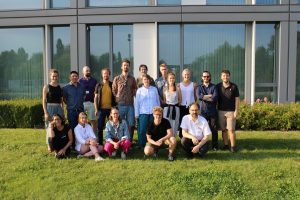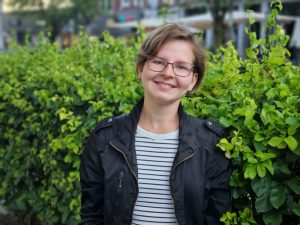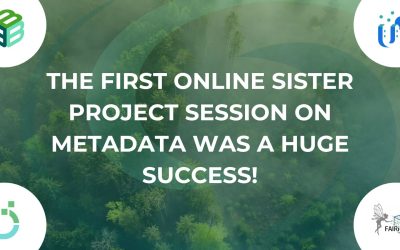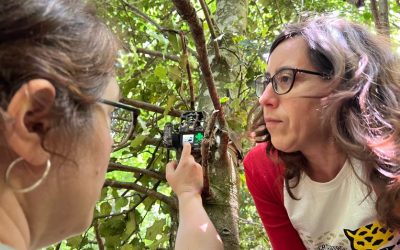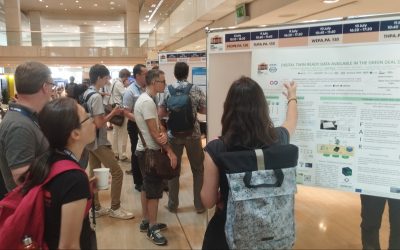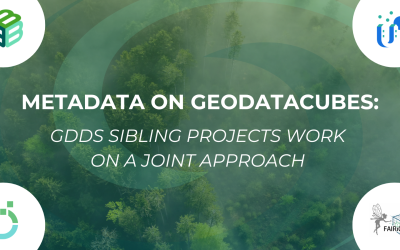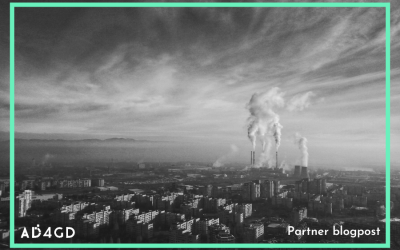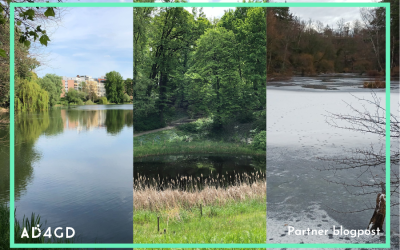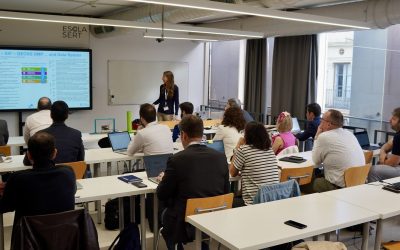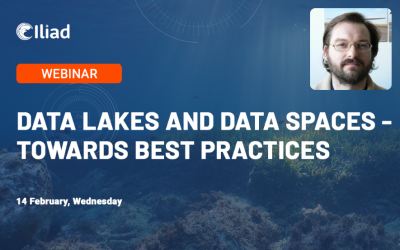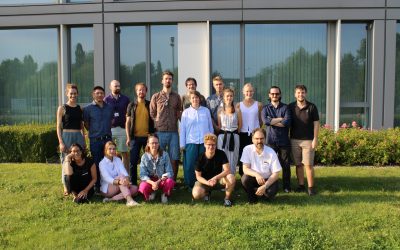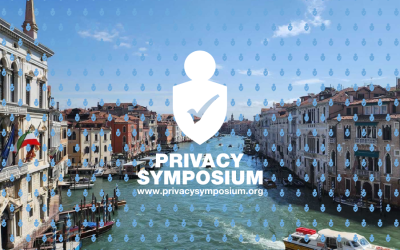
Image: Public Domain.
For a digital object to be understood within a broad community, it must be supported by several kinds of completely accessible information. The measurements, analysis, and reciprocal comparisons or further studies for this object could be included, together with background information such as measurement methods, possible sources of error and uncertainty, or spatial, temporal, and thematic contextual details. All of it allows a digital object to be characterized and evaluated. The availability of links to related objects can span an information network that provides the maximum knowledge about a particular object. Due to the network character, the object can be viewed from different directions. Thus, it becomes accessible to a wide range of interested people. Everybody can concentrate on their primary interest but has access to further information others provide at any time, if necessary.
For example, Earth observations can be just a number or linked to the measurement time and location; the sampling method used, information about the sampling purpose, the post-processing applied, and other aspects relevant to specific scenarios. In another case, imagine a cultural heritage object of which only a photo is available. The information content of the image is low. Imagine a network approach that enriches the object with further information via many links. The first link leads to the material analysis with its results. From there, links lead to the description of the analysis performed, the analysis time, and further analysis specifics, such as information about the laboratory, the technique used, calibration information, and so on. The object could be a building, represented as a point or a polygon in a map, or a part of a city or another geographical object. Much more information could be related, such as cadastral information, ownership, environmental measurements, assessments, simulations, etc.
An innovative approach
The approach favored so far for creating such a knowledge network has been to develop standards that define the object’s properties. However, this approach has an essential problem, which lies in the different worldviews of all those involved in the object documentation. Aspects that one group cannot do without are of secondary importance to another group. At the same time, the first group can do well without aspects that are essential for the second group. Previous approaches tried to find a common denominator through defining schemas. However, the experience of the last two decades has shown that these approaches are too rigid and do not scale successfully because they always work only for a small group. Modern techniques, on the other hand, develop knowledge graphs that allow much more flexibility. These knowledge graphs still implement the necessary level of common conception, employing standardized functional units to integrate and share data successfully. Instead of top-down defined schemas, defining the essential functional units is crucial nowadays.
The successful concept of the OGC RAINBOW consists of an ecosystem of flexible functional units that allows the creation of knowledge graphs on top of a semantic integration platform. This approach is strongly based on the principle of encapsulation. The goal is to package the complicated aspects for the user and thus make them easy to use. The OGC is currently developing OGC RAINBOW for spatio-temporal data.

Example of how the OGC RAINBOW works. See how it operates interactively here.
The goal is to provide targeted functional units that sit natively on top of the digital data, automatically derive metadata, and thus make it usable for modern AI tools. Instead of rigidly defining schemas and process flows, elementary aspects are standardized. For example, consider a measurement where the digital object relates the observed property to the feature of interest. A traditional schema would define where both aspects must exist in the data model. OGC RAINBOW approaches, on the other hand, define that these aspects must be present. OGC RAINBOW building blocks make all relevant information available at any time. The whole process is as transparent as possible for the users so that they can concentrate on the essential aspects. Nevertheless, the users can be sure that their data is understandable and usable for others.
In AD4GD the OGC RAINBOW will be developed and tested to enable essential links for Green Deal use cases.


